Troubleshooting Your Bunny Ear Cactus: Why Is My Cactus Drooping?
If you’re the proud owner of a bunny ear cactus, then you know that it’s important to keep an eye on its health. One common problem that can occur with this type of cactus is drooping, which can be caused by a variety of factors.
In this article, we’ll take a look at some of the reasons why your bunny ear cactus might be drooping and provide some tips on how to correct the issue.
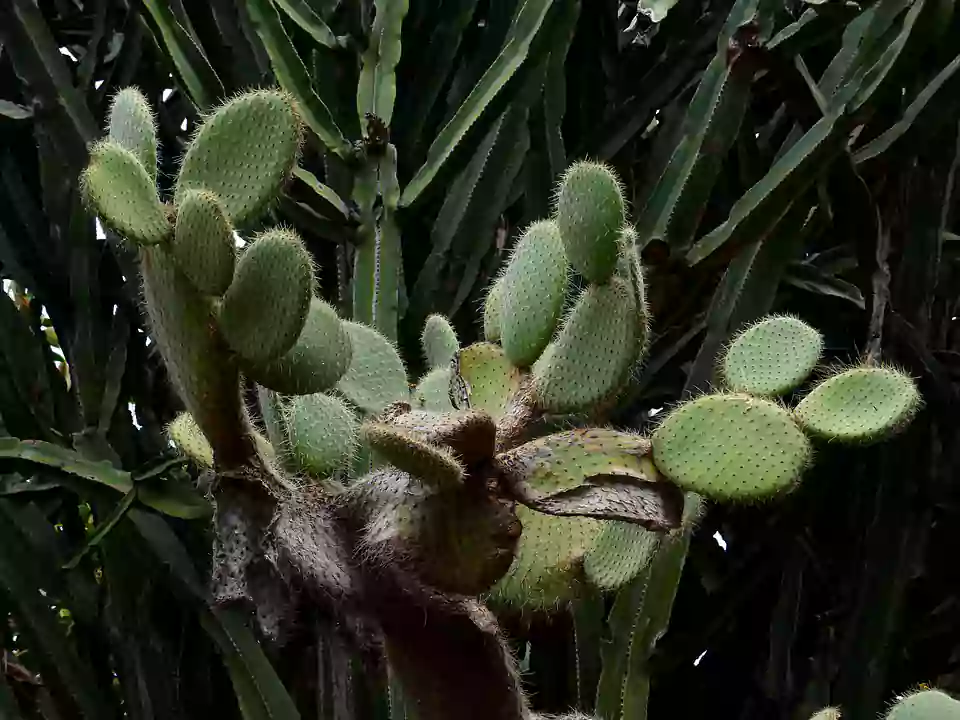
Table of Contents
Why Is Your Bunny Ear Cactus Drooping?
Too Dry
One of the most common reasons for a drooping bunny ear cactus is simply that it’s too dry. These plants are native to arid desert regions, so they’re used to infrequent watering. Check the soil before assuming that this is the problem—if it’s dry several inches down, then your plant definitely needs more water. Water the cactus until water runs out of the drainage holes in the bottom of the pot, then empty any leftover water from the saucer beneath the pot. Allow the plant to dry out completely before watering again.
Too Much Sunlight
Bunny ear cacti need bright light but not direct sunlight—if they’re in a spot that’s too sunny, they’ll start to droop. Move your plant to an area with bright but indirect light and see if that helps perk it up. If possible, try to give it a few hours of morning sun followed by afternoon shade. East-facing windows are often ideal for indoor plants.
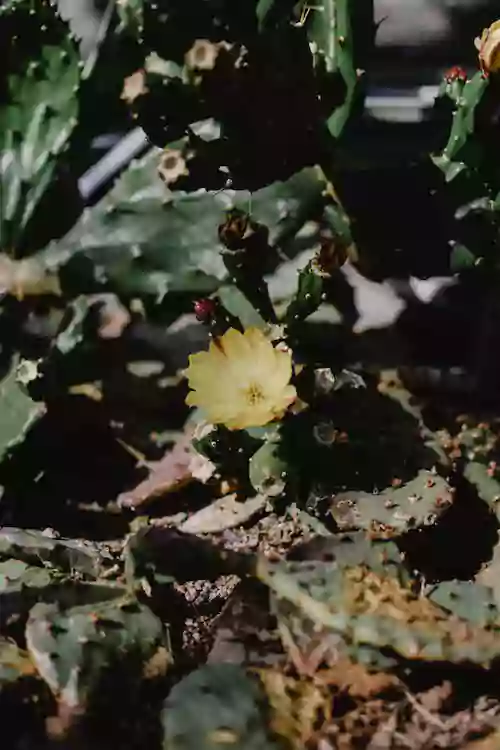
Pests or Diseases
If your bunny ear cactus is suddenly drooping when it wasn’t before, inspect it for signs of pests or diseases. These can cause a drooping plant even if all other conditions are ideal. Look for small insects like aphids or mealybugs on the stems and leaves; powdery mildew or other types of fungal growths on the leaves; or scale on stems and leaves. If you see any of these problems, isolate the affected plant and treat it according to instructions from your local garden center.
Stressed Out
Bunny ear cacti are known to “droop” when they’re stressed—for example, if they’re moved to a new location or their routine is disturbed in some way. If you recently relocated your plant or changed its watering schedule, that could be why it’s looking sad. Try to leave it alone for a while and see if it recovers on its own; if not, you may need to re-pot it in a fresh potting mix. As long as you don’t see any other obvious problems, this should help relieve stress and revive your plant.
Drooping bunny ear cacti are usually just suffering from one of four problems: They need more water, they’re getting too much sun, they have pests or diseases, or they’re stressed. By troubleshooting these potential issues, you can get your plant back to looking its best.

How to prevent Bunny ear cactus from drooping?
f you’re the proud owner of a bunny ear cactus (Opuntia microdasys), you know that this cute little plant is notorious for drooping. Fortunately, there are a few things you can do to prevent your cactus from becoming a limp, sad-looking mess. Read on to learn more!
There are three main things you’ll need to do to keep your bunny ear cactus perky and pleased: provide plenty of bright light, use the right type of soil, and water deeply but only once a week. Let’s take a closer look at each of these tips.
Bright Light
Bunny ear cacti are native to desert regions, so they’re used to plenty of bright sunlight. When grown indoors, they should be placed near a south-facing window where they will receive several hours of direct sunlight each day. If your home doesn’t get enough natural light, you can supplement it with artificial light using fluorescent bulbs or grow lights. Just be sure not to place the plant too close to the light source, as this can cause scorching.
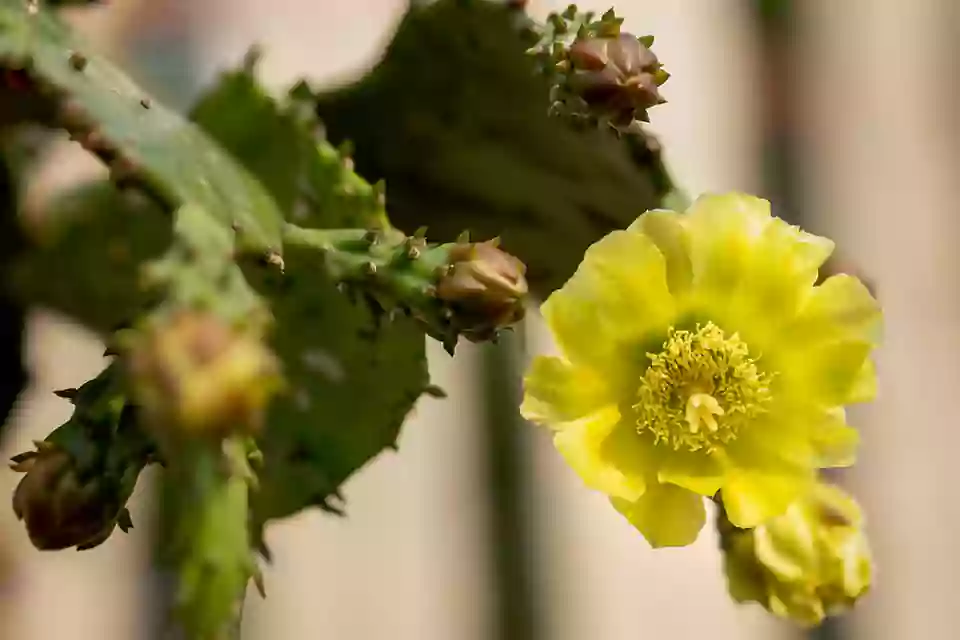
The Right Soil mix
It’s important to use a potting mix that is loose and sandy. If the soil is too dense or compacted, it will cause the roots to struggle and the plant to droop. You may need to re-pot your cactus in order to improve drainage. A good potting mix for cacti can be made by mixing together one part of sand and two parts of regular potting soil.
Watering deeply but Infrequently
Bunny ear cacti need to be watered deeply about once a week in order to encourage deep-root growth. Allow the water to completely soak through the potting mix and drain out the bottom of the pot. Once the plant has had a chance to drink up, empty any leftover water so that the roots don’t become waterlogged. During periods of active growth (spring and summer), you may need to water your cactus more frequently. Just be sure to allow the soil to dry out completely between waterings.
By following these simple tips, you can keep your bunny ear cactus healthy and happy for years to come! Just remember: bright light, loose soil, and infrequent deep watering are key.
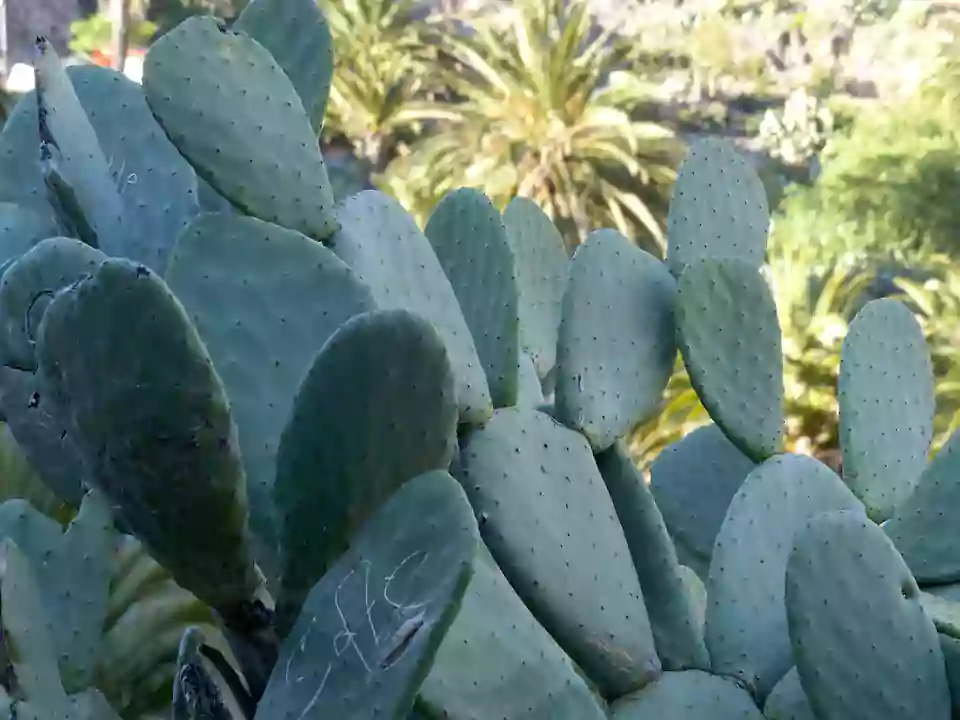
Bunny Ear Cactus Common Problems
Bunny ear cactus is too heavy
One common problem with bunny ear cacti is that they can become too heavy. As the plant grows, the weight of the stems and leaves can cause them to bend or even break. If this happens, it can be difficult to fix the plant so that it looks healthy again.
Root Rot
Another common issue is that bunny ear cacti can suffer from root rot. This happens when the roots are constantly wet, which can happen if the plant is overwatered or if the pot doesn’t have proper drainage. Root rot can kill a plant, so it’s important to catch it early and take steps to improve drainage.
Pests
Also, like all cacti, bunny ear cacti are susceptible to mealybugs. These pests suck the sap out of the plant, causing it to weaken and eventually die. Mealybugs can be difficult to control, but there are some effective insecticides available. With a little care, bunny ear cacti can be sturdy and long-lived plants.
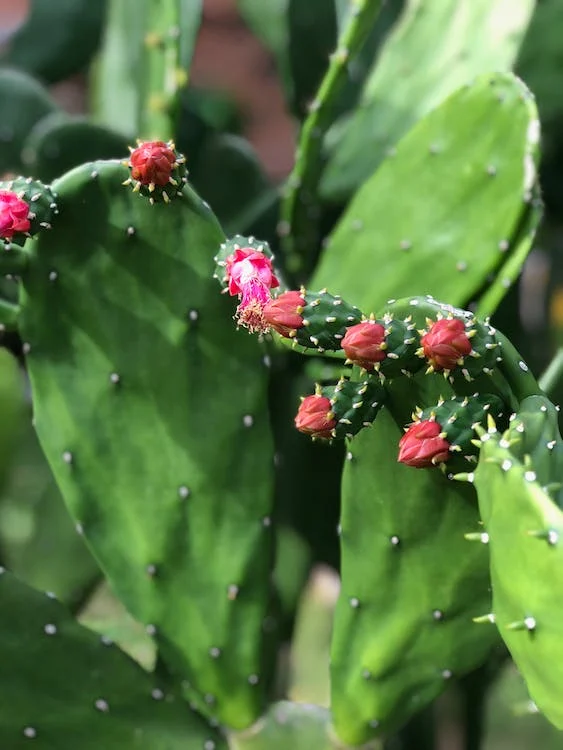
why is my bunny ear cactus leaning?
These cacti get their common name from their long, thin leaves, which resemble bunny ears. Though they’re fairly drought-tolerant, bunny ear cacti need some water to stay healthy.
If your bunny ear cactus is leaning, it could be a sign that it’s not getting enough water. When these cacti don’t get enough water, their leaves start to droop and lean.
If you think your bunny ear cactus isn’t getting enough water, try giving it a deep watering once every week or two. Be sure to allow the soil to dry out completely between waterings.
Overwatering can also cause leaf drop and root rot, so it’s important not to water too often. In addition to watering, bunny ear cacti need bright light to thrive. If your cactus is leaning towards a light source, it could be a sign that it’s not getting enough light.
These cacti prefer full sun, so if yours is growing in a shady spot, it may start to lean toward the light. Try moving your cactus to a brighter spot and see if that helps.
why is my bunny ear cactus turning brown?
There are several reasons why your bunny ear cactus might be turning brown. One possibility is that it’s not getting enough sunlight. These cacti need bright light to thrive, so if it’s not getting enough sun, the leaves will start to turn brown.
Another possibility is overwatering. If you’re watering your cactus too often, the roots can start to rot, which will cause the leaves to turn brown.
Finally, if the temperature drops too low, the leaves can also start to turn brown. If you think one of these might be the problem, try adjusting your cactus’ care accordingly and see if that doesn’t help.
How To Trim Bunny Ear Cactus?
If you have a bunny ear cactus (Opuntia microdasys), also called an angel’s wing cactus, you may eventually need to trim it. These interesting plants can grow quite large, and they may even produce offsets or “pups.” In this article, we’ll give you some tips on how to safely trim your bunny ear cactus and propagate the pieces that you cut off.
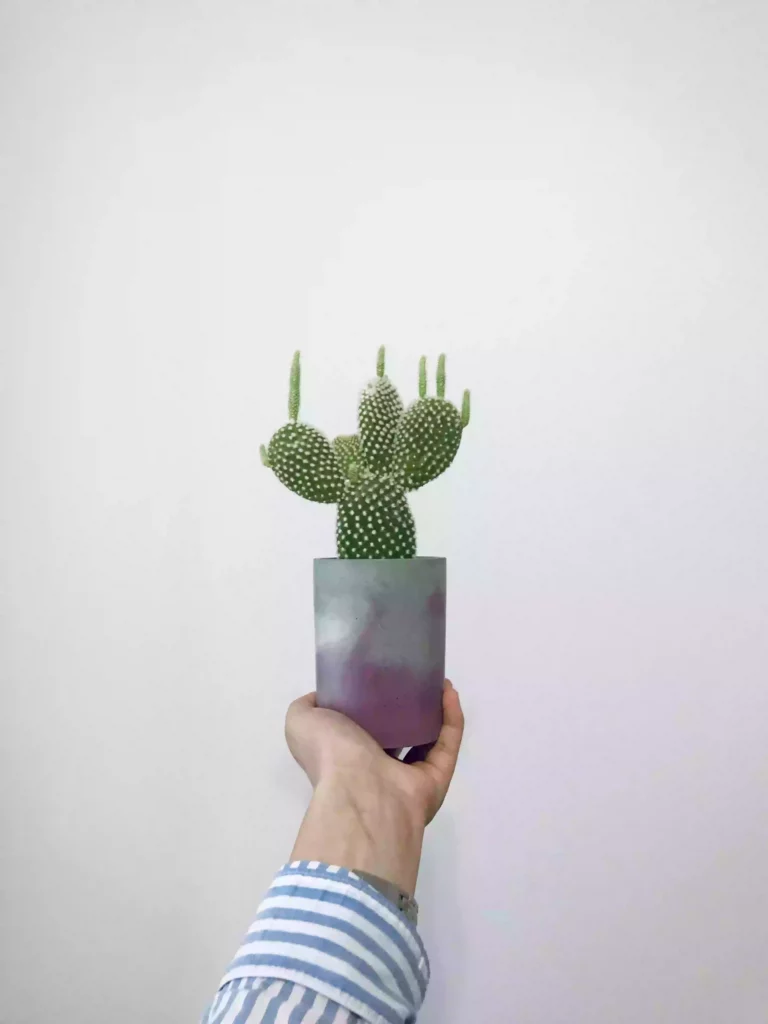
Trimming Your Bunny Ear Cactus
First, let’s talk about trimming your bunny ear cactus. If your plant is starting to get too big for its pot or if it’s getting leggy, you may want to give it a trim. Here’s how:
1. Wait until the plant is dry. Make sure that your plant hasn’t been watered in at least a day before you start trimming it. This will help prevent any potential problems with rot later on.
2. Put on a pair of gloves. The pads on a bunny ear cactus are covered in tiny spines that can be painful if they get stuck in your skin. Wearing gloves will protect your hands from these spines.
3. Cut the pads off with a sharp knife or shears. Cut as close to the main stem of the plant as possible.
4. Let the trimmed pads callous over for a few days. Once they’ve calloused, they’ll be less likely to rot when you plant them.
5. Plant the trimmed pads in fresh cactus mix and water them well. Be sure to keep an eye on them, as they may need more water than usual while they’re still settling in.
Propagating Your Bunny Ear Cactus Offsets
Bunny ear cacti will sometimes produce small offsets, or “pups.” These pups can be replanted and will eventually grow into full-sized plants themselves. To propagate your offsets:
1. Wait until the offset is about 2 inches (5 cm) tall before attempting to remove it from the main plant.
2 . Gently twist the offset until it comes loose from the main plant. If it doesn’t come loose easily, wait a little longer before trying again.
3 . Plant the offset in fresh cactus mix and water thoroughly. Keep an eye on it and water as needed until it becomes established.
Bunny ear cacti are relatively easy to care for, but every now and then they may need trimming or some propagating. By following the steps outlined above, you can safely trim your bunny ear cactus and propagate any offsets that it produces.
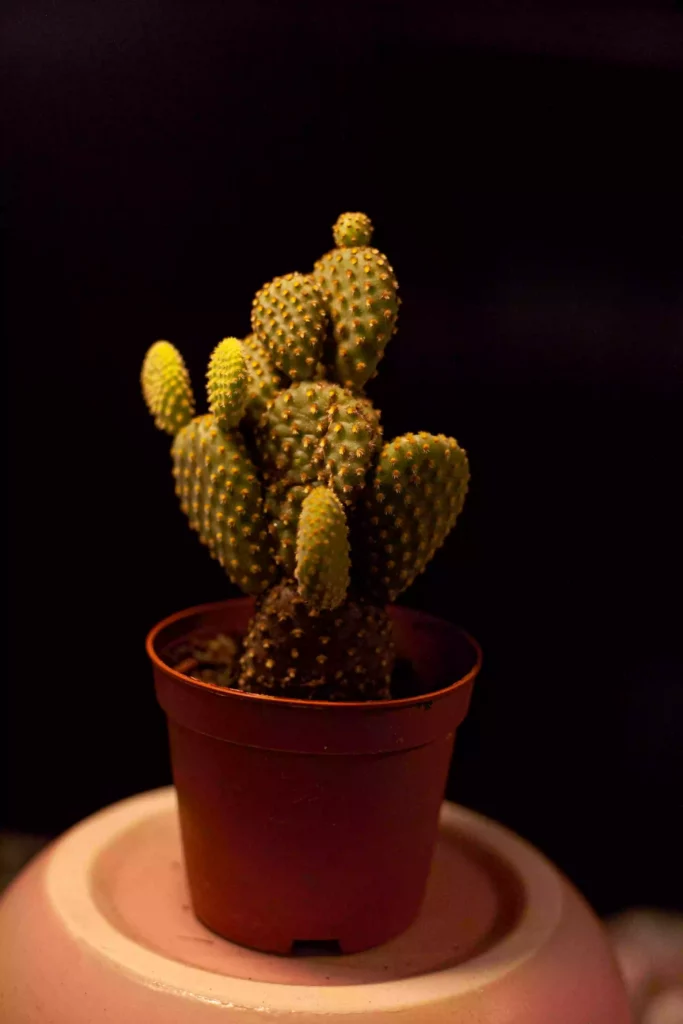
FAQ
How do I know if my rabbit ear cactus needs water?
If you are not sure if your cactus needs water, it is best to err on the side of caution and water it. Cacti can be tricky to water because they need just the right balance of water and soil. Too much or too little water can kill a cactus. If you are unsure, it is best to ask your local gardening center for advice.
Why is my cactus soft and floppy?
Your cactus is likely soft and floppy because it needs more water. Make sure to water your cactus regularly and give it plenty of sunlight to help it grow strong and healthy.
can you touch the bunny ear cactus?
Yes, you can touch the bunny ear cactus. They are not poisonous and they do not have any thorns.
Previous Article: Tips Of Onion Seedling Turning Yellow: What To Do When Your Onions Start Wilting?







